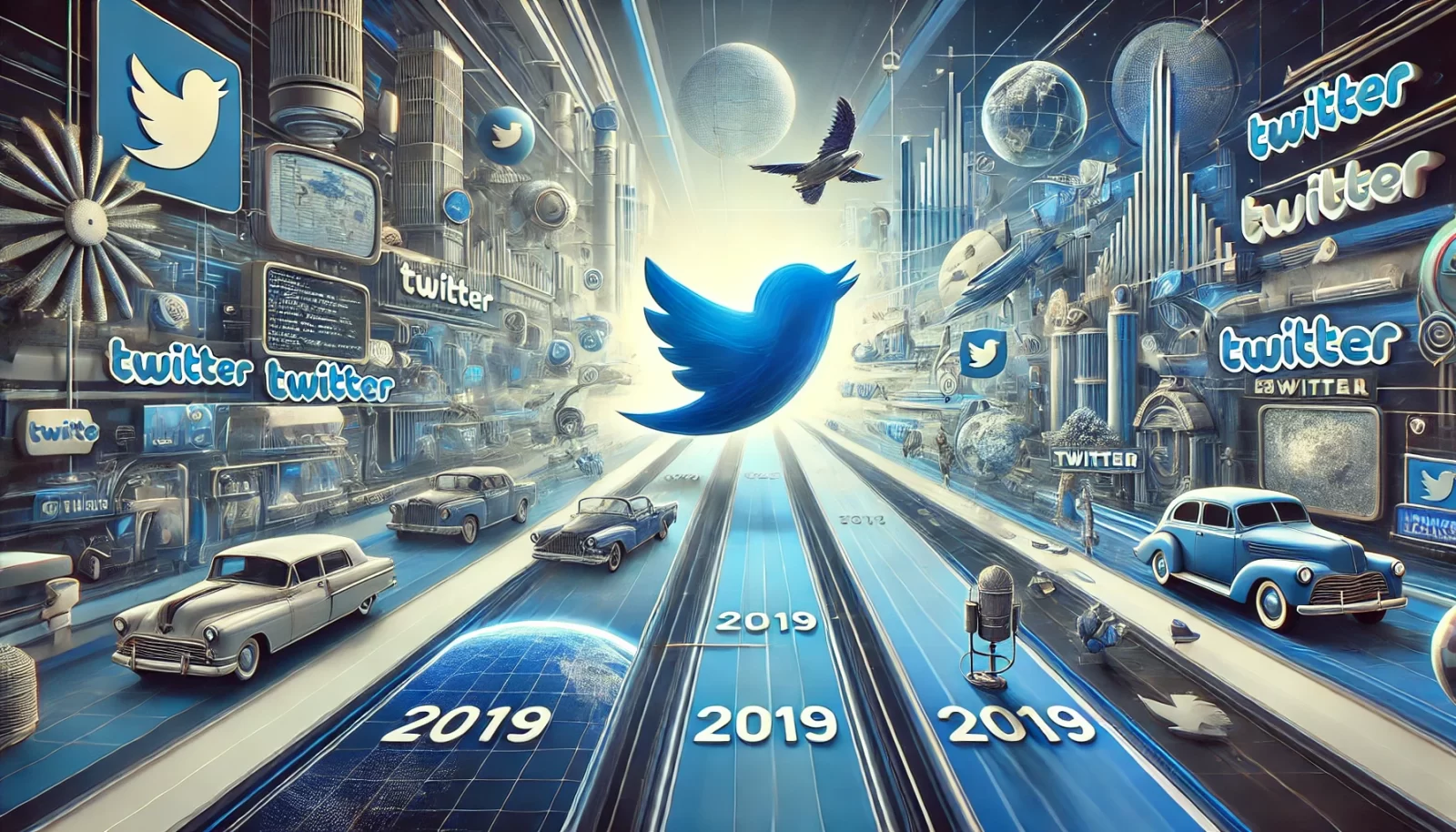Twitter, one of the world’s most influential social media platforms, has undergone significant changes since its establishment. While its early history is well-documented, the past few years—since 2019—have been particularly transformative. From leadership shifts to policy changes and the platform’s eventual acquisition, Twitter’s journey continues to evolve in ways that shape global communication.
Twitter’s Landscape in 2019
By 2019, Twitter had cemented itself as a leading microblogging platform, boasting hundreds of millions of users worldwide. It had become a critical tool for news dissemination, political discourse, and social movements. Under then-CEO Jack Dorsey, the platform had already introduced key features such as Moments, live video streaming, and an increased character limit from 140 to 280.
However, Twitter also faced growing scrutiny over misinformation, hate speech, and the role of bots in shaping online discussions. As the company entered 2019, it focused on refining content moderation and improving user engagement while maintaining its core mission of real-time, open communication.
Key Developments in 2020
Response to the COVID-19 Pandemic
One of the biggest global events that shaped Twitter’s trajectory was the COVID-19 pandemic. Twitter became a primary source of real-time information, with health organizations, governments, and experts using the platform to share updates.
To curb misinformation, Twitter implemented stringent policies to label or remove misleading content related to COVID-19. The platform also introduced a dedicated COVID-19 information hub to provide users with verified data from trusted sources.
Political Turmoil and Content Moderation

The 2020 U.S. presidential election put Twitter’s moderation policies in the spotlight. The company intensified its efforts to combat election-related misinformation by labeling misleading tweets, fact-checking claims, and temporarily restricting some accounts to prevent the spread of false narratives. The most controversial action came in early 2021 when Twitter permanently suspended former U.S. President Donald Trump’s account following the Capitol riots.
Major Changes in 2021
Introduction of Twitter Spaces and Monetization Features
To compete with emerging audio-based platforms like Clubhouse, Twitter introduced Spaces, a feature that allowed users to host live audio conversations. This move signified Twitter’s shift towards diversifying content beyond traditional tweets.
Twitter also launched monetization tools, including Super Follows, which allowed users to charge followers for exclusive content, and Twitter Blue, a premium subscription service offering features such as an Undo Tweet button and customizable themes.
Leadership and Strategy Shifts
In late 2021, Jack Dorsey stepped down as Twitter’s CEO, handing the reins to Parag Agrawal, the company’s Chief Technology Officer at the time. Agrawal’s leadership signaled a focus on technical improvements, decentralization, and policy refinement.
The Turbulent Year of 2022
Elon Musk’s Takeover
One of the most defining moments in Twitter’s recent history was Elon Musk’s acquisition of the company in 2022. After months of negotiations, legal battles, and dramatic public exchanges, Musk completed the $44 billion purchase in October 2022.
Upon taking control, Musk initiated sweeping changes, including mass layoffs, a revamp of Twitter’s verification system (Twitter Blue now required payment for verification), and a commitment to reducing content moderation. These moves sparked intense debate among users, advertisers, and regulators.
Open-Sourcing the Algorithm
Musk also promised to increase transparency by open-sourcing Twitter’s recommendation algorithm. This was intended to address concerns about shadow banning and biases in content visibility. While partial details of the algorithm were eventually released, questions remained about its actual impact on user engagement and content reach.
2023: Restructuring and Rebranding
Major Policy Changes

Throughout 2023, Twitter continued to tweak its moderation policies, including reinstating previously banned accounts and introducing a more relaxed approach to speech regulation. These changes had a mixed reception, with some users welcoming them as a victory for free speech, while others feared an increase in harmful content.
Twitter Becomes X
In July 2023, Twitter underwent a dramatic rebranding, officially changing its name to “X.” This shift aligned with Musk’s vision of transforming the platform into an “everything app,” offering financial services, long-form content, and enhanced interactivity beyond tweets. The iconic blue bird logo was replaced with a minimalist “X” symbol, marking the end of an era.
The Future of Twitter (X)
As of 2024, Twitter—now X—continues to evolve under Elon Musk’s leadership. The platform is experimenting with AI-driven content discovery, integrating payment services, and enhancing its monetization options for creators.
The platform’s future remains uncertain as it faces competition from emerging social networks and regulatory challenges worldwide. However, its impact on global communication remains undeniable, and its evolution will continue to shape online discourse in the years to come.
Conclusion
Since 2019, Twitter has undergone one of the most eventful transformations in its history. From handling global crises to experiencing a landmark ownership change, the platform has adapted to the ever-changing digital landscape. Whether as Twitter or X, its influence on politics, business, and culture remains unparalleled. As the company moves forward, the world watches to see how it will redefine the social media experience in the coming years.










Leave a comment